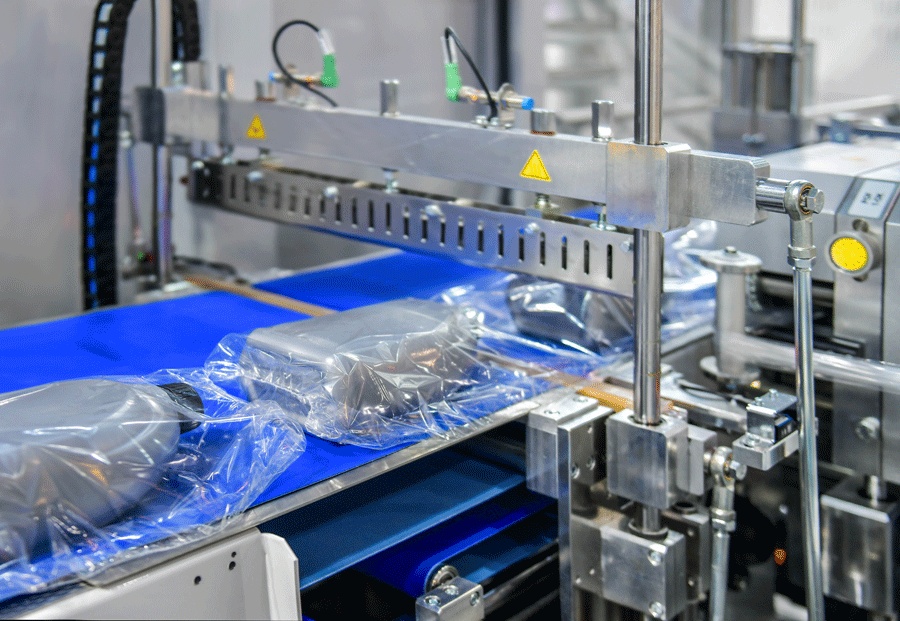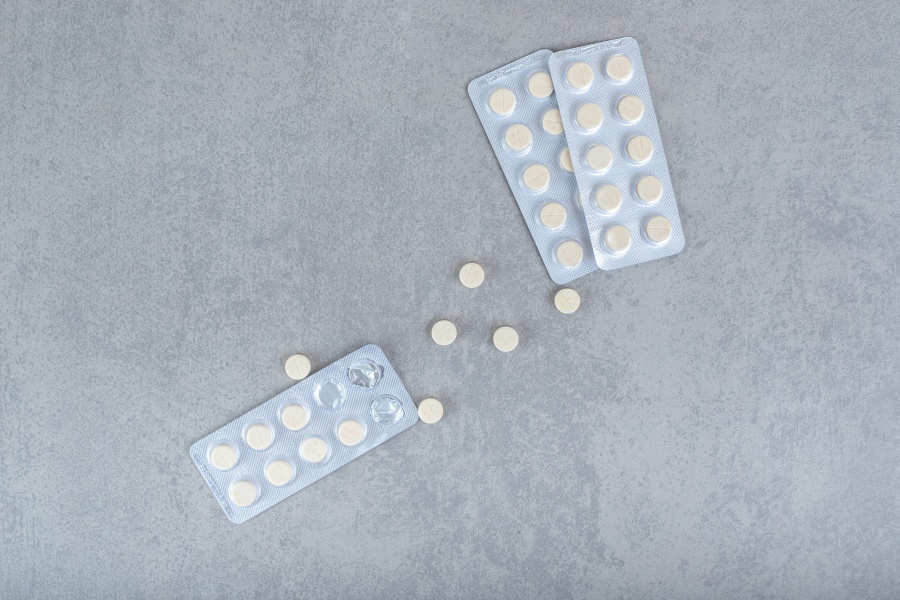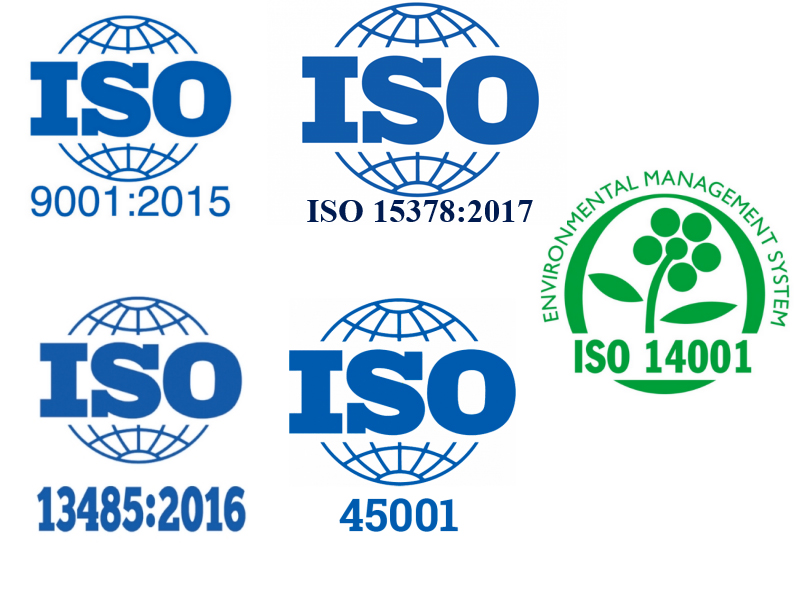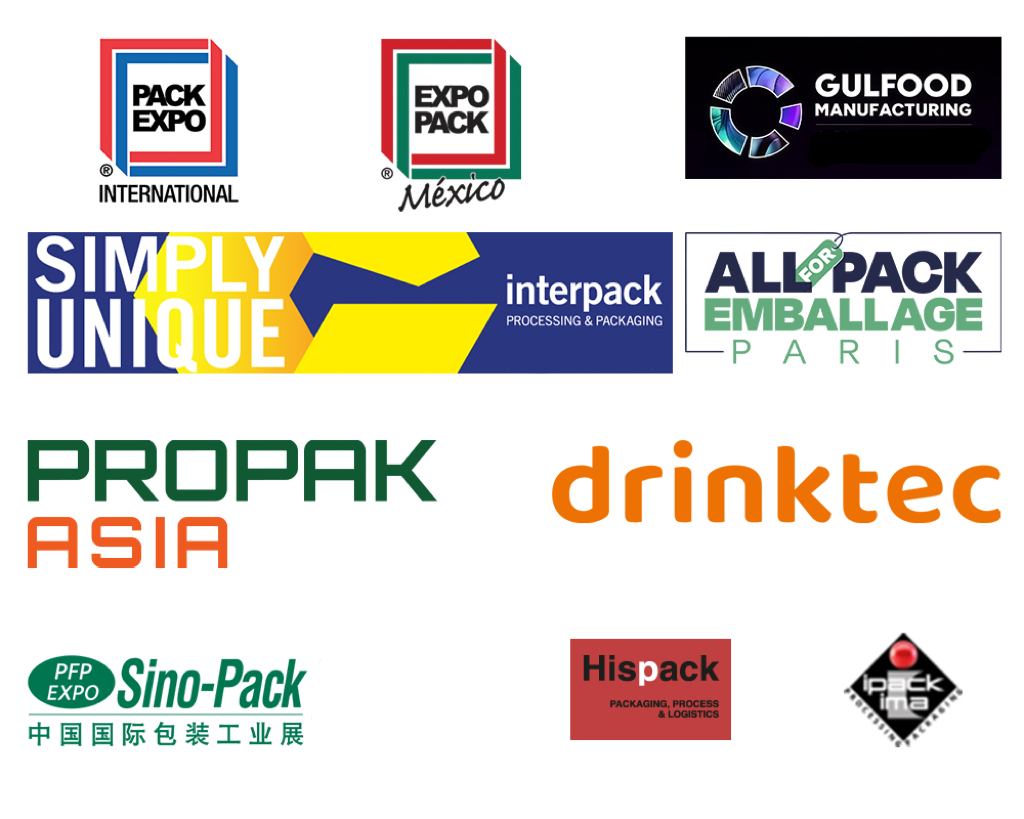Packaging is an integral part of pharmaceuticals that protects medications against damage and spoilage. It promotes your products, informs customers about what to expect, and leaves a lasting impression on them. Statistics show that 81% of consumers have bought a new product because the packaging caught their eye.

So, to take your packaging game to the next level, you should learn about emergency pharmaceutical industry trends. Here’s an overview!
Top Pharmaceutical Packaging Technology Trends
There are multiple pharmaceutical packaging technology trends gaining traction, including child-resistant designs, automation, and sustainability. Let’s discuss these in detail:
Children Resistant Designs
Did you know that more than 50,000 children end up in emergency rooms each year due to ingestion (either accidental or intentional) of medications? Unfortunately, it’s true! Therefore, one emerging pharmaceutical packaging technology trend is the implementation of child-resistant designs.
For instance, there is innovative equipment that enables the creation of complex mechanical designs, such as the “press to engage” mechanism and zipper pouches. These systems require adult dexterity to open, but are difficult for children.
The creation of multiple packaging mechanisms is made possible using computer-aided design software. It allows you to test packaging under different scenarios, saving your time and resources compared to conventional prototyping approaches.
Temperature-Controlled
Drugs like vaccines and anti-cancer medications require precise temperature to prevent degradation. Gladly, pharmaceutical packaging technology is a great help in this regard.
You have access to smart packaging solutions as well as insulated materials that maintain a specific temperature. Not only this, but IoT sensors and devices carefully monitor temperature and humidity throughout the supply chain.
If these parameters deviate from the set range, alarms are sent, allowing you to take prompt action to protect the product’s efficacy. This gives you peace of mind that your expensive drugs will reach their destination without any spoilage.
Anti-Counterfeiting Technologies
Counterfeiting is a major challenge that pharmaceutical companies face, which can dent their reputation. It may come as a surprise, but the value of the global counterfeit drug trade is estimated at more than $4 billion a year. That’s huge! But there’s nothing to worry about anymore. Here are some technological advancements in packaging that eliminate counterfeit issues:
- Holographic Seals: Holographic seals are placed that are actually 2D and 3D images with a shimmery effect. There may be hidden security layers, such as microtext, that customers can use to verify the authenticity of drugs.
- QR Codes: QR codes are applied so that consumers can scan to know the origin of the product and detect counterfeits.
- Blockchain: Blockchain technology provides a transparent, secure, and immutable record of a drug’s journey throughout the supply chain. You have complete information about the drug’s distribution and redistribution that filters fraudulent activity.
Robotics
Robots are no longer limited to restaurants; rather, they are now helping manufacturers in packaging pharmaceuticals. They can handle repetitive tasks, including labelling, boxing, and shrink-wrapping.
There’s little to no room for mistakes as robots perform all tasks with precision, speeding up your pharmaceutical production process.
You can use 3D printing to make drugs and then package them with the help of robots. This allows you to quickly market your products and maintain a competitive edge.
AI and Digital Printing
Gone are the days of generic packaging; now, customers want personalized packaging. This can be made possible using digital printing and AI. Artificial intelligence can collect data about your target audience, including their demographics, the country’s regulations, and individual healthcare needs. Based on that, you can then shape pharmaceutical packaging accordingly.
For instance, you can add detailed variable data, instructions tailored for specific regions, and multilingual content for easy understanding. The best part is that with digital printing, your packaging turnaround times are greatly reduced. Updating data according to the changing regulatory framework is also easy.
Sustainability
The world is battling global warming, and packaging waste is only going to exacerbate the issue. To combat this huge environmental challenge, pharmaceutical companies are now investing in sustainable packaging technology solutions.
For instance, you can opt for plant-based and edible packaging that’s biodegradable. Or you can use recyclable materials that also serve other purposes.
But that’s not all; you can also use advanced technologies like AI and 3D printing in R&D to get the most viable packaging design. This lowers overall materials wastage and helps you save money during packaging formation.
What is the Future of Pharmaceutical Packaging Technology?
The future of pharmaceutical packaging technology is quite bright with ongoing innovations focused on patient safety, product integrity, and smart tracking. Here are some trends that you are likely to see:
- Smart packaging will gain traction where you’ll use digital technologies, such as RFID (Radio Frequency Identification) and NFC (Near Field Communication). They help monitor product conditions, track authenticity, and provide real-time dosage reminders to patients.
- A greater circularity system will be implemented, where end-to-end management of pharmaceutical packaging will take place. Manufacturers will collaborate with other stakeholders for the proper recycling of packaging materials.
- Augmented reality is a transformative tool that will shape pharmaceutical packaging. For instance, patients may scan product packaging and they’ll immediately access:
- 3D animations of how to properly use or apply the medication.
- Interactive videos explaining dosage and medication side effects.
- AR also provides product authentication details, such as verifying batch numbers and expiry dates.
FAQs
What materials are used in pharmaceutical packaging?
A variety of materials are used in pharmaceutical packaging, including glass, plastics (such as polyethylene, polypropylene, PVC, and PET), aluminum foil, and paper or cardboard.
How does automation help in pharmaceutical packaging?
Automation equipment enhances pharmaceutical packaging by improving efficiency and quality, reducing costs, and ensuring regulatory compliance through precise and high-speed operations.
How does VR help in pharmaceutical packaging?
VR helps in pharmaceutical packaging by offering interactive educational videos to patients, innovative marketing and branding, as well as streamlining research processes.
Conclusion
The role of pharmaceutical packaging technology is undeniable in the modern manufacturing industry. You can rely on it to manage most of your operations and reduce overall business costs. Wondering where you can get some high-quality pharmaceutical equipment? Contact Finetech today. We have a massive range of certified machinery that’s sure to handle your manufacturing and packaging tasks.




